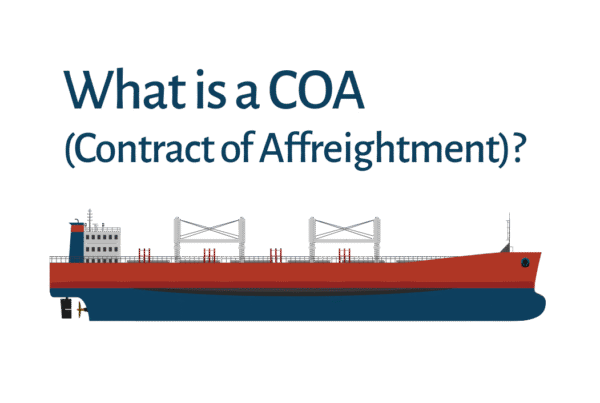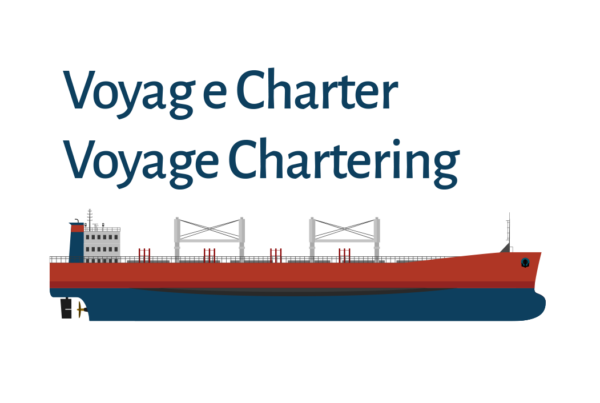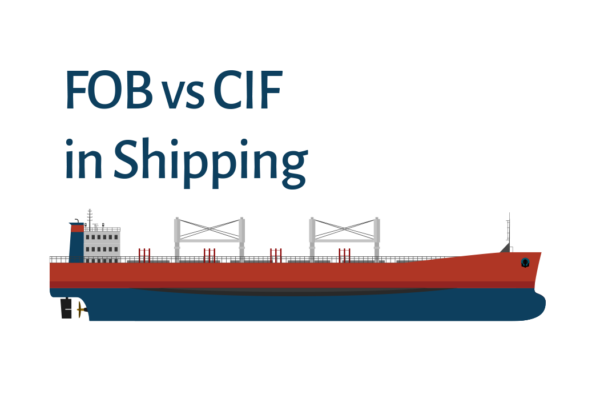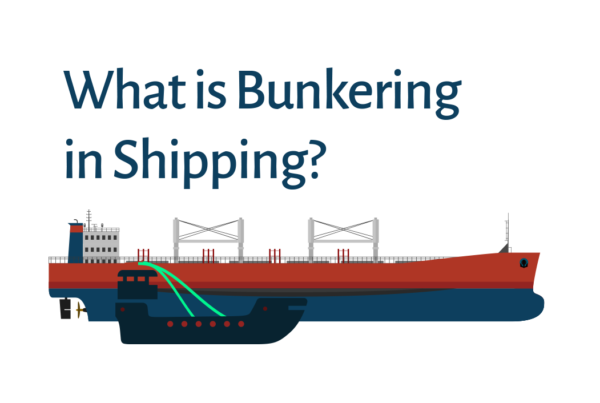When importing or exporting goods, you’ll often come across shipping terms like FOB (Free on Board) and CIF (Cost, Insurance, and Freight). These terms define how risk and costs move between the seller and buyer. They also clarify who covers freight charges, insurance costs, and other additional fees. Below is a concise guide to help you compare fob vs cif.
What is FOB?
FOB (Free on Board) specifies that the seller is responsible for loading the goods onto the shipping vessel at the port of loading. Once the goods are on board, the responsibility for the goods shifts.
From that moment forward, the buyer is responsible for freight charges, insurance costs (if any), and goods during transit.
- Seller’s Duties Under FOB
- Handles export clearance
- Covers costs until loading the goods on the vessel
- Buyer’s Duties Under FOB
- Pays for shipping from the port of origin
- Covers all shipping and insurance expenses once goods are aboard
Key Advantage of FOB
Buyers get more control over their risk and costs. They can pick their favorite carrier and negotiate freight charges. They often lower extra fees because they manage most logistics on their own.
What is CIF?
CIF (Cost, Insurance, and Freight) means the seller pays most of the major costs until the goods reach the port of destination. Under CIF the seller also arranges shipping and insurance for the cargo while it’s in transit. However, once the goods arrive, the buyer is responsible for import duties, local transport, and other local fees.
- Seller’s Duties Under CIF
- Arranges carriage to the port of destination
- Takes care of insurance costs and freight
- Buyer’s Duties Under CIF
- Handles import customs clearance
- Pays any additional fees after the goods arrive
Key Advantage of CIF
Buyers face fewer logistics concerns. The seller is responsible for most coordination, which simplifies the buyer’s job, especially if they are new to international shipping.
Main Differences Between FOB and CIF
- Cost Responsibility
- FOB agreement: The buyer covers freight charges after loading the goods.
- CIF cost insurance and freight CIF: The seller covers freight and insurance costs until the cargo reaches the port of destination.
- Risk Transfer
- FOB: Risk transfers when the goods are loaded onto the vessel at the port of loading.
- CIF: Risk transfers once the goods reach the vessel’s railing at the origin port, but the seller continues paying for transport and insurance until the goods arrive at the destination port.
- Logistics Control
- FOB: The buyer has more flexibility in choosing carriers and negotiating rates.
- CIF: The buyer often leaves logistics and shipping and insurance to the seller, which can be easier but sometimes more expensive.
- Insurance Coverage
- FOB: The buyer arranges coverage after the goods are on board.
- CIF: The seller includes insurance in the overall package, offering peace of mind to the buyer.
Choose FOB if you want control of the shipping process and have experience in freight negotiations. It can lead to cost savings if you handle freight charges directly and select reliable carriers.
Choose CIF if you want simplicity and don’t want to manage insurance or shipping details. The seller pays for coverage and transportation, which can be a relief for smaller businesses.
Choosing between FOB and CIF depends on your business goals and comfort level with international shipping. FOB agreement offers more control but places responsibility on the buyer for risk and costs after loading the goods. CIF transfers most logistics duties to the seller but can come with higher total costs.
Evaluate your trade volume, shipping expertise, and budget constraints. These factors will help you decide whether FOB or CIF aligns better with your company’s needs. By understanding both terms, you can minimize additional fees, ensure smooth goods during transit, and keep the journey of cargo efficient and transparent.
Choose FOB if you want control of the shipping process and have experience in freight negotiations. It can lead to cost savings if you handle freight charges directly and select reliable carriers.
Choose CIF if you want simplicity and don’t want to manage insurance or shipping details. The seller pays for coverage and transportation, which can be a relief for smaller businesses.






